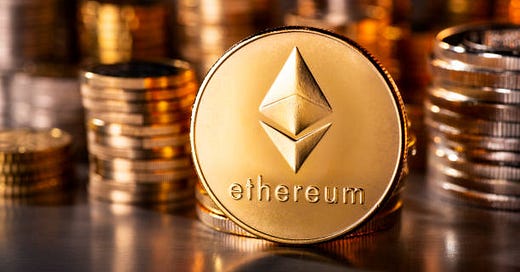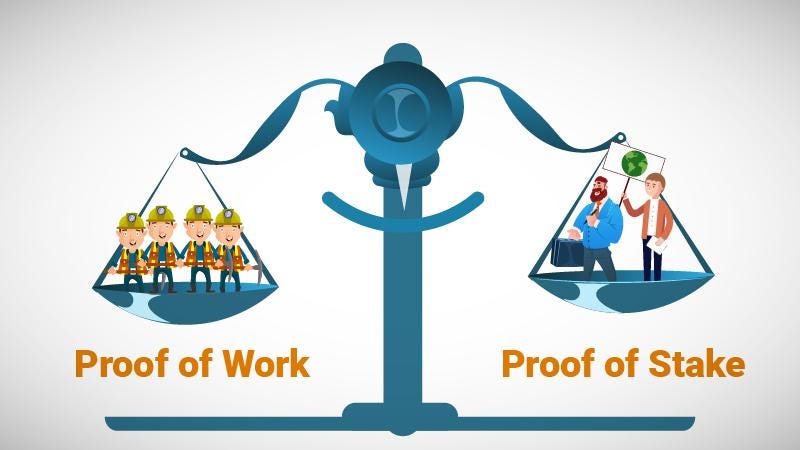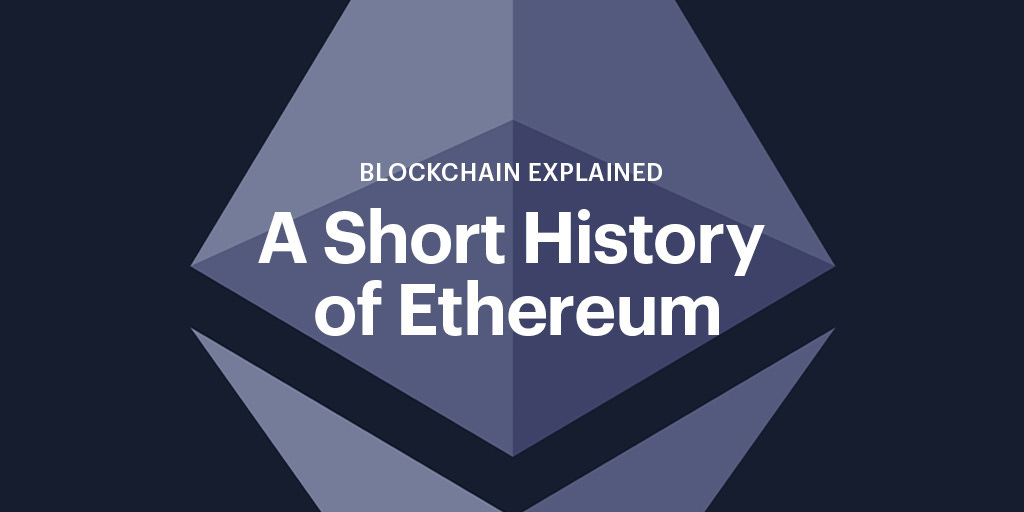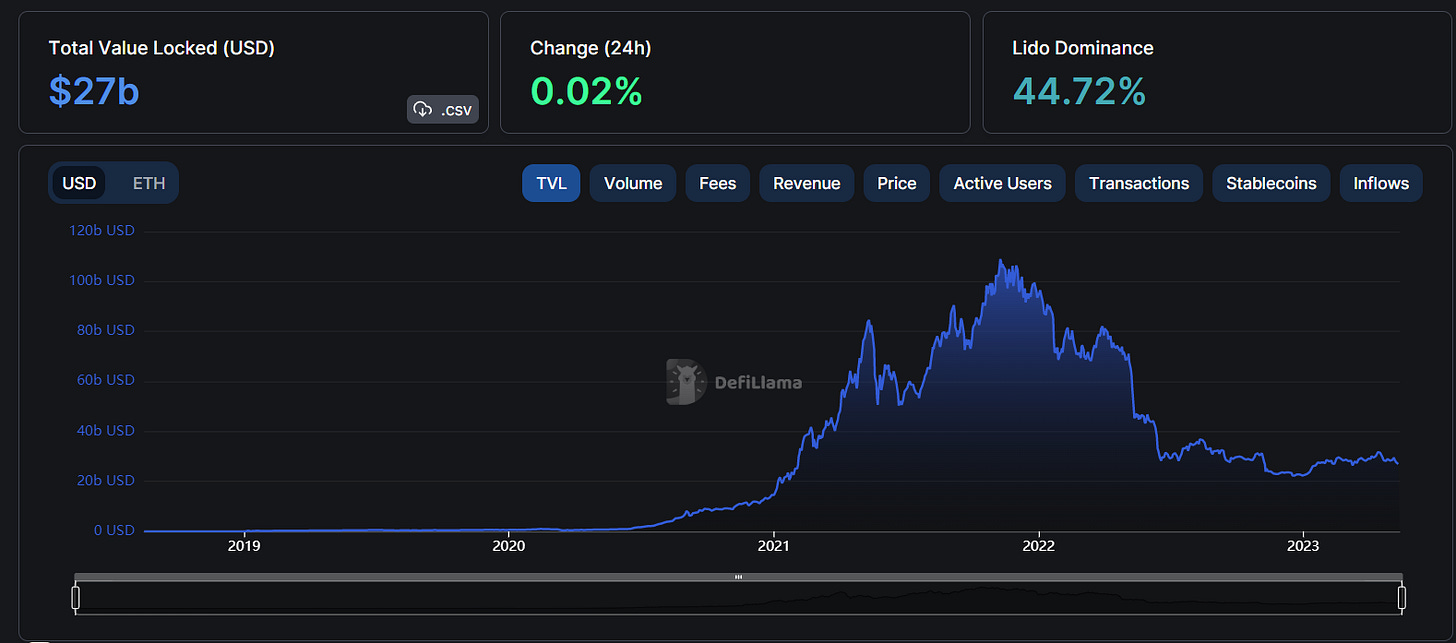Ethereum, after Bitcoin is a blockchain powered platform for creating Decentralized Applications(dapps) . It was created by Vitalik Buterin , Ethereum is the cryptocurrency that allows smart contracts and decentralized applications (dapps) to work on network. The Transaction are done on the blockchain using the token ETH., and other subunits are Gwei and Wei.
→It is the second largest cryptocurrency in the world after bitcoin and works on peer to peer network using smart contracts and all the transactions are verified by the Ethereum blockchain.
→ Ethereum is used as the software layer from Defi (Decentralized Finance) Apps to NFTS.
POS(PROOF OF STAKE) And POW(PROOF OF WORK)-
→ ETH works on the POW mechanism , but has plans to move to differently technique known as POS in an upgrade widely refferred to as Ethereum 2.0.
→ it is an alternative to pow mechanism in POS, the Validaters are choosed based on the stake coins they have
→ To become a Validater , a coin owner must stake a amount of tokens specified , for ETH it is 32 ETH.
→ In laymen terms , POS is used to reduce hefty computational work and to reduce energy consumption .
We have covered a good info about the POS mechanism , now let’s dig into why do we actually need Ethereum , what’s wrong with BTC(bitcoin)??
WHY ETH??
→ ETH is made for complex smart contracts and decentralized applications .The smart contracts are the codes that are used to create applications in Ethereum blockchain and are written in solidity and Vyper .(link for solidity docs).
→ETH proved that blockchain can be so much more than just a store of value.
→ETH is used widely in managing shares , create financial applications , develop games.
→ Ethereum allows developers to build apps— called decentralized apps , we can also create our own cryptocurrency on Ethereum .
History of Ethereum—
→ November 2013 - Vitalik buterin writes a white paper expaining the concept of Ethereum
→ January 2014 - Ethereum was announced publicly.
→ July 2014 - Ethereum launces an ICO (INITIAL COIN OFFERING ) , using BTC to buy Ether.
→ June 2016 - $50 million of ether is stolen from the network and developers created a hard fork.
→ March 2017 - many companies established a EEA(Enterprise Ethereum Alliance ), to make Ethereum suitable for big business.
→ December 2020 - The first phase of sweeping upgrade know as Ethereum 2.0 that will see the network to switch over to proof of stake Consensus mechanism.
→ March 2021 - Visa begin to use Ethereum to settle Stablecoin transactions.
→ April 2021 - the berlin hard fork goes live , reducing gas fees on network
What is ETHER??
→ Ether is the cryptocurrency ETHEREUM uses to build and maintain its network and it is used to pay for the transactions on Ethereum and also for staking .
→ According to Defi Llama, Ethereum is currently one of the largest Defi chain at over $27B in total value locked(TVL).
→ At Latest , ETH was trading around the $1,802.94 USD mark with an $221.6B market capitalization , its circulating supply was 122.8M ETH.
What applications have been built on Ethereum?
👥 Social Networks - Get paid for your posts on social media Dapps.
📁 File Storage - Decentralized file storage as a fraction of the price.
💸 Overseas Payments - Dramatically reducing the cost of sending cash overseas.
💳 Payments Cards - Contactless debit card to pay in Ethereum and other cryptocurrencies.
💱 Exchanges - Decentralized exchanges (DEXs) such as Uniswap enable users to trade cryptocurrencies peer-to-peer, without middlemen.
Token standards for Ethereum —
ERC-20 - A standard interface for fungible (interchangeable) tokens, like voting tokens, staking tokens or virtual currencies.
ERC-721 - A standard interface for non-fungible tokens, like a deed for artwork or a song.
ERC -721 -ERC-777 allows people to build extra functionality on top of tokens such as a mixer contract for improved transaction privacy or an emergency recover function to bail you out if you lose your private keys.
ERC -1155-ERC-1155 allows for more efficient trades and bundling of transactions – thus saving costs. This token standard allows for creating both utility tokens (such as $BNB or $BAT) and Non-Fungible Tokens like Crypto Punks.
ERC -4626-ERC-4626 is a standard to optimize and unify the technical parameters of yield-bearing vaults. It provides a standard API for tokenized yield-bearing vaults that represent shares of a single underlying ERC-20 token. ERC-4626 also outlines an optional extension for tokenized vaults utilizing ERC-20, offering basic functionality for depositing, withdrawing tokens and reading balances.
Zk-EVM—
→ A ZERO-KNOWLEDGE Ethereum Virtual Machine (zk-EVM) is an Ethereum state machine that can execute State machine that can execute smart contracts with ZKP(ZERO-KNOWLEDGE PROOF ) technology.
→A zk-rollup is a type of rollup that uses ZKP technology, a cryptographic technology that allows the validity of a piece of information to be verified without revealing the information itself. zk-rollups don't need to publish all transaction data to the Ethereum main net; they need only state differences (such as changes in user account status) and validity proof, lowering gas fees in the process.
→EVM doesn’t support ZKPs by default. zk-EVM aims to ensure Ethereum state continuity while providing proof that all the information is correct. This way, the various factors involved in the computation of these processes are verified while maintaining security and privacy.
Types of Zk-EVM—
Type 1 : Consensus- level equivalence — zk-EVM that is completely equivalent to Ethereum
Type 2: Bytecode-level Equivalence — completely equivalent to EVM
Type 2.5: similar to type 2 but with modifications to gas fees
Type 3: Bytecode-level equivalence — nearly equivalent to EVM.
Type 4: Development language-level equivalence—high -level language equivalent to EVM.
Etherscan-
→ Etherscan is a block explorar and Analytics platform for Ethereum , a decentralized smart contracts platform .
Block
A block is a collection of required information (a block header) about the comprised transactions, and a set of other block headers known as ommers. It is added to the Ethereum network by miners.
Block Height
The number of blocks produced in a network. The count starts from 0, with the very first block in a network commonly referred to as the Genesis Block. Block Height 99 indicates the position at which the 100th block has been produced.
Transaction
Data committed to the Ethereum Blockchain signed by an originating account, targeting a specific address. The transaction contains metadata such as the gas limit for the transaction.
Block Reward
The amount of Ether rewarded to the producer of a new valid block.
Gas
A virtual fuel used in Ethereum to execute smart contracts. The Ethereum Virtual Machine uses an accounting mechanism to measure the consumption of gas and limit the consumption of computing resources (see "Turing complete").
Gas limit
The maximum amount of gas a transaction or block may consume.
Hash
fixed-length fingerprint of variable-size input, produced by a hash function.
Hash Rate
A unit of measurement for the amount of computing power consumed during mining for POW blockchains.
Nonce
In cryptography, a value that can only be used once. There are two types of nonce used in Ethereum. (1) An account nonce: A transaction counter in each account, which is used to prevent replay attacks. (2) Proof of work nonce: The random value in a block that was used to satisfy the proof of work.
Decentralized Finance(DeFi) -
Decentralized finance refers to the ecosystem of financial applications build on blockchain networks .It helps in providing facilities like liquidity provision, swaps, staking, and more across many blockchain .It operates without a central authority, and enables developers to offer new models for payments , investing, lending, and trading. By using smart contracts and distributed systems, customers can easily build secure decentralized financial applications. For example, DeFi companies are already offering products that enable peer-to-peer lending and borrowing, earning interest on cryptocurrency holdings, trading via decentralized exchanges, and much more. Some popular DeFi platforms include Compound, Aave, UniSwap, and MakerDAO.
With DeFi, there is no central authority. Instead, authority is distributed in a decentralized approach that is intended to provide more power and control to individuals. In the DeFi model, all transactions for buying, selling, loans and payments with cryptocurrency can occur without a central authority in a peer-to-peer (P2P) approach.
Decentralized
Permissionless
Transparency
Anonymity
Custody
DApps
Fees
Challenges To Ethereum-
The biggest challenges has been transaction speeds . In order to become a fully and widely accepted for all Decentralized applications it has to be very fast and should allow more transactions to happen at once. Currently, it handles 15 transaction per second , As a result users have to pay a high amount of gas fees to complete their transactions. Many solutions like Polygon and Arbitrum, that works on processing transactions off-chain before finalizing them on the main Ethereum blockchain.
Another challenges to Ethereum are the other smart contract blockchains like Solana, Cardano, Tezos and Polkadot.
All content is for informational purposes only. This Newsletter is of general nature and does consider or address any individual circumstances and is not investment advice.
Thanks for reading sskninja’s Newsletter! Subscribe for free to receive new posts and support my work.












